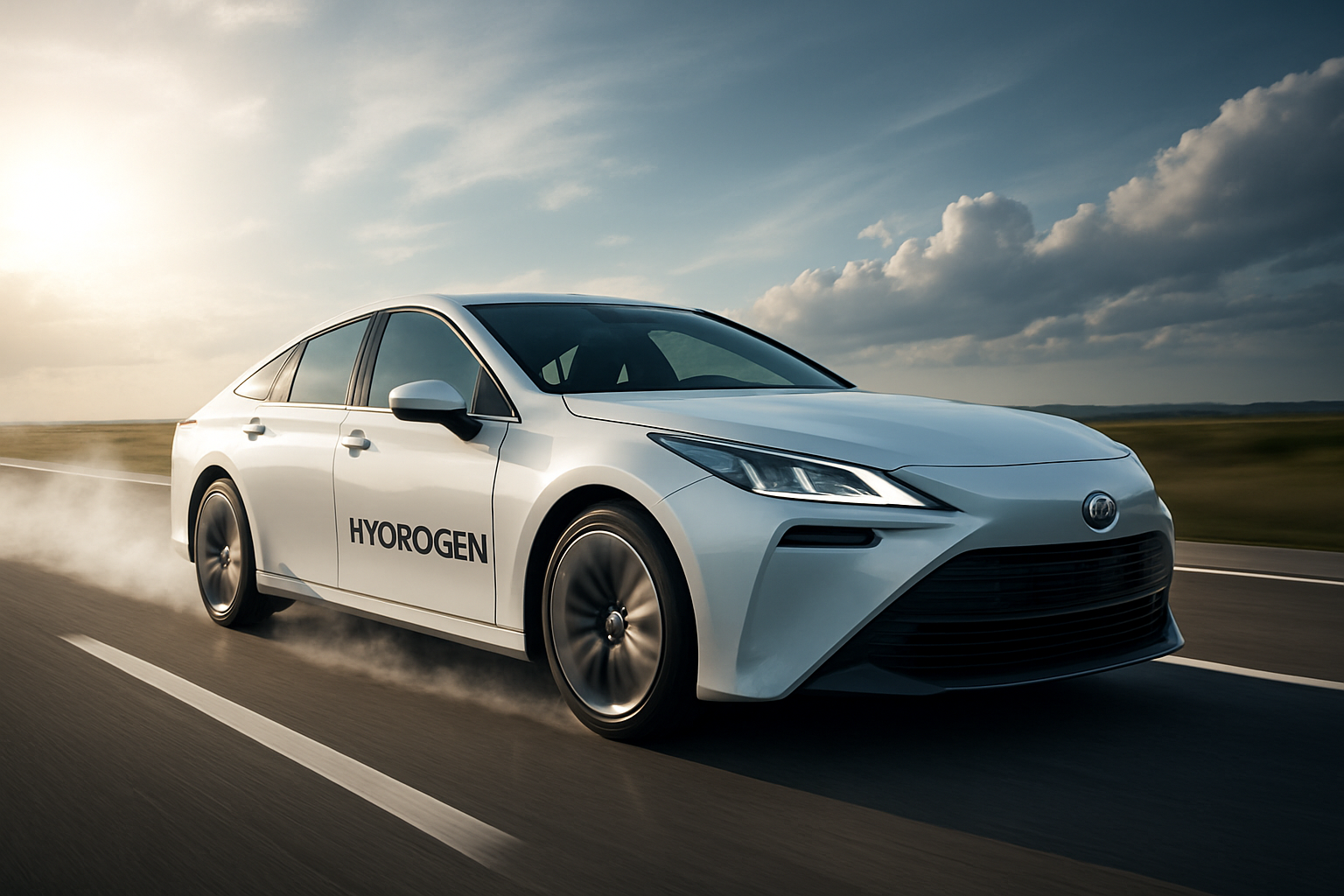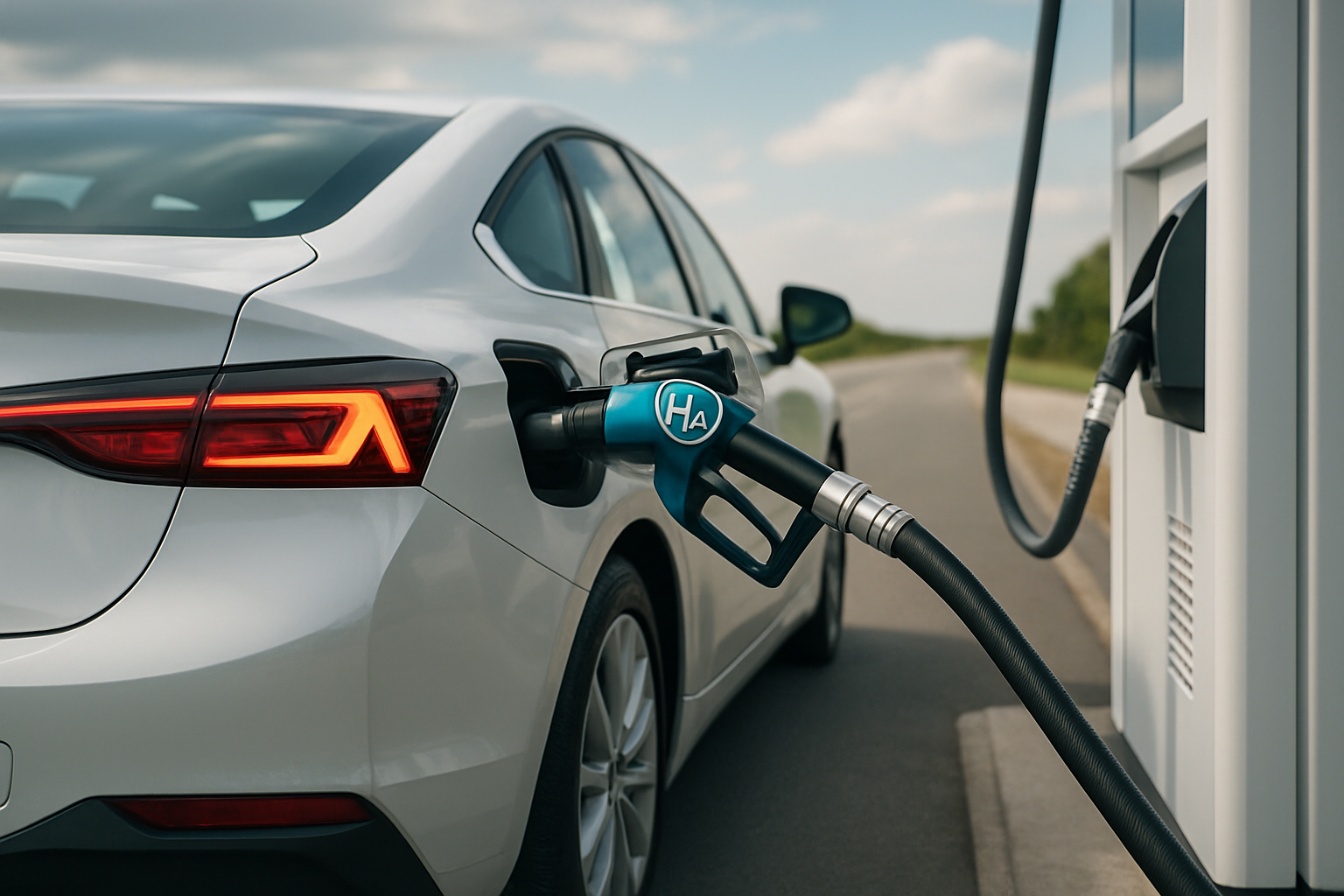Racing Towards the Future: An In-depth Look at Hydrogen Fuel Cell Vehicles
Introduction: Imagine you're cruising down the highway in a sleek, silent vehicle that emits nothing but water vapor. This isn't a scene from a sci-fi film—it's the reality of driving a hydrogen fuel cell vehicle (FCV). Let's explore the world of FCVs, their history, their current status, and what they could mean for the future of the automotive industry.

The Genesis of Hydrogen Fuel Cell Vehicles
The first hydrogen fuel cell was developed in 1838, but it wasn’t until the 1960s that the technology was used in vehicles. The Space Race propelled advancements in FCVs, as NASA used fuel cells to generate power for space capsules. In the 1990s, automobile manufacturers began experimenting with FCVs for commercial use, leading to the release of limited-production models in the 2000s and 2010s.
The Mechanics of Hydrogen Fuel Cells
Hydrogen fuel cells work by combining hydrogen and oxygen in an electrochemical reaction. This process generates electricity, which powers the vehicle’s electric motor. The only byproduct is water vapor, making FCVs a zero-emission vehicle. This clean energy technology has the potential to significantly reduce the automotive industry’s carbon footprint.
The Current Landscape of FCVs
Today, there are only a few FCV models available to consumers. High production costs, the lack of hydrogen refueling infrastructure, and the dominance of battery electric vehicles have inhibited widespread adoption. However, some automakers, notably Toyota and Hyundai, are still investing heavily in FCV technology.
The Impact of FCVs on the Industry and Environment
Despite their current scarcity, FCVs have the potential to revolutionize the automotive industry and contribute to environmental sustainability. They offer several advantages over traditional gasoline-powered and electric vehicles, including longer range, quicker refueling times, and zero tailpipe emissions. However, challenges such as developing a hydrogen refueling infrastructure and reducing production costs must be addressed to realize these benefits.
The Road Ahead: The Future of FCVs
The future of FCVs is uncertain but promising. As governments worldwide set ambitious climate targets, the demand for zero-emission vehicles, including FCVs, will likely increase. Ongoing research and development efforts aim to overcome existing challenges and make FCVs a viable alternative to gasoline and electric vehicles.
Hydrogen fuel cell vehicles represent a fascinating intersection of innovation, environmental sustainability, and automotive engineering. As we race towards a cleaner, greener future, FCVs could play a key role in the evolution of our global transport systems. Their journey from space capsules to our highways encapsulates the relentless pursuit of progress that characterizes the automotive industry.





